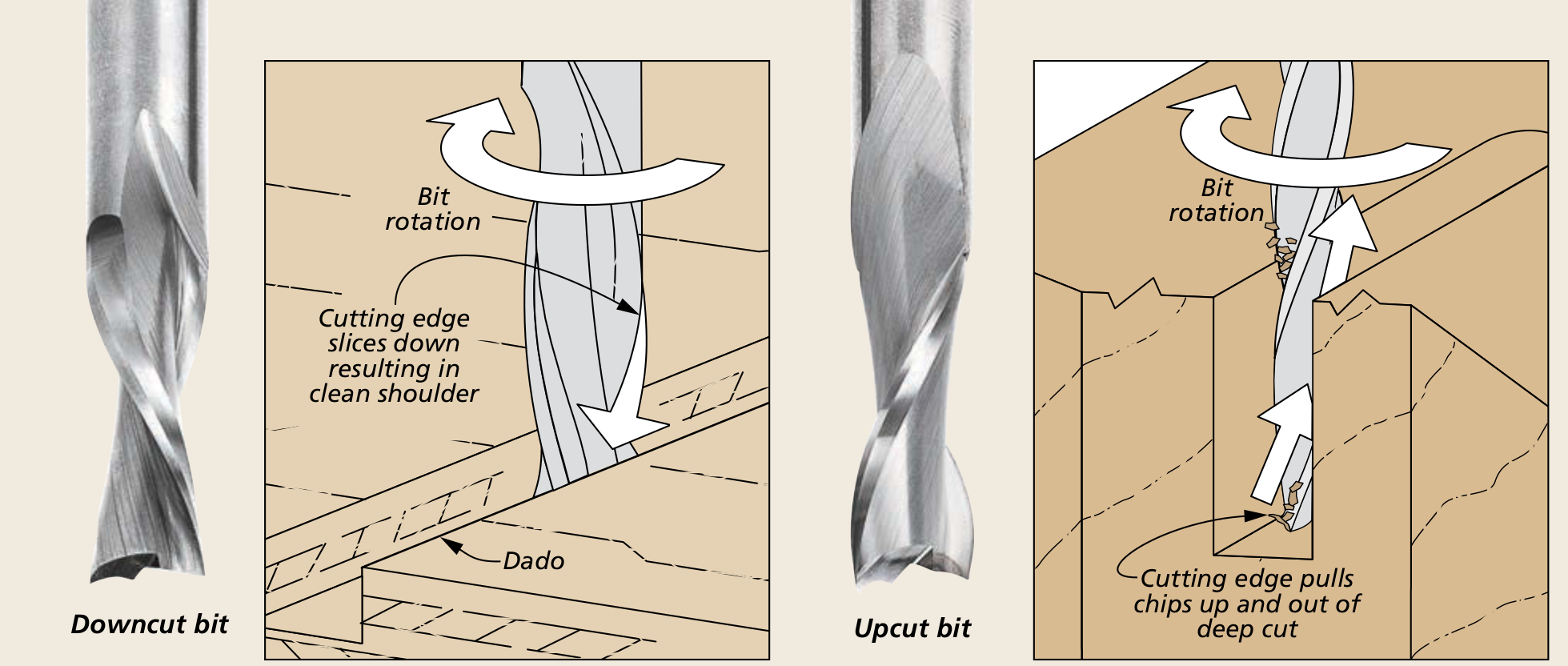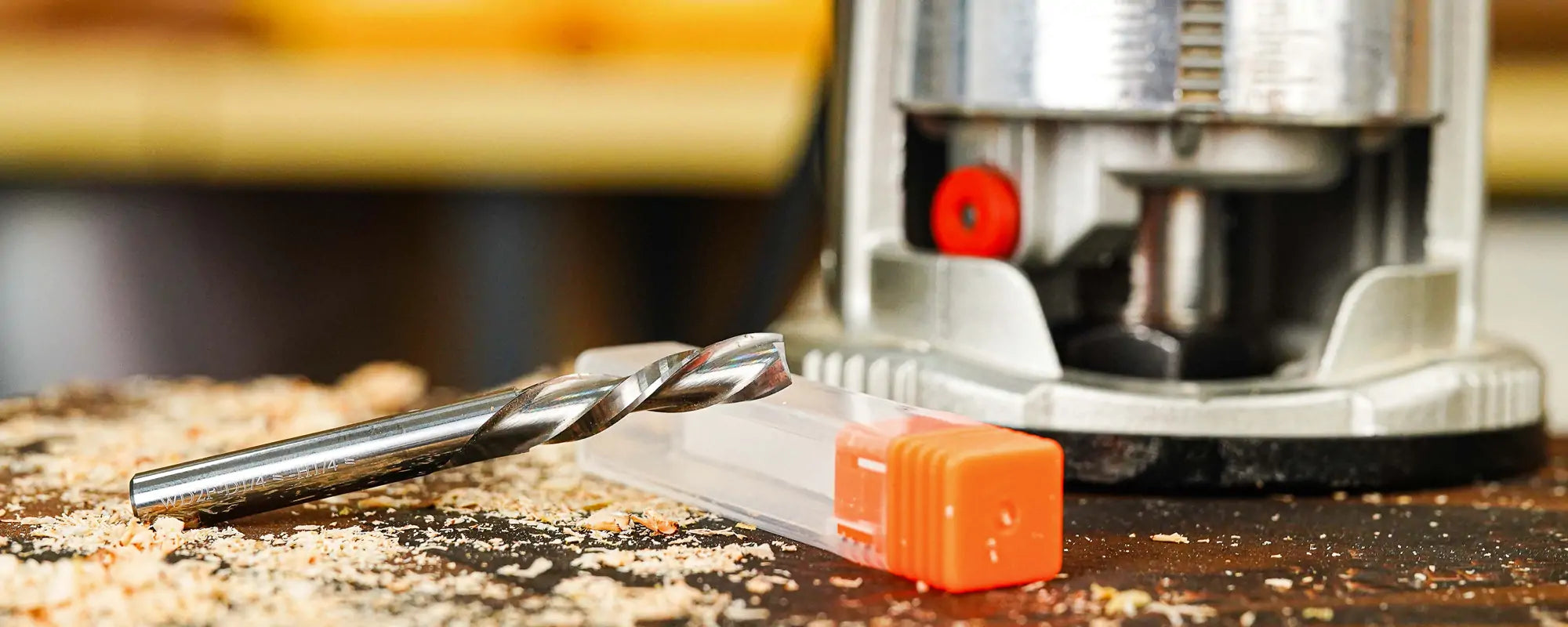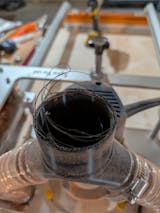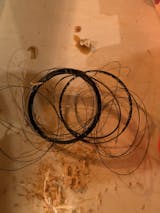Happy with the accuracy and functionality of the sled but the dust collection isn't good. The connection to my vacuum system disintegrated immediately. The print of this object was really bad. See pictures
I received these clamps as a Christmas present (was on my wish list) Since I have them i have clamped up three cutting boards and getting ready to make a fourth. The way they are designed to equally apply pressure and hold everything in place is great. This will make my life easier that using the pipe clamps I was using. Planning on purchasing a second set of clamps for my cutting board business.
Great tool it is accurate, smooth working and drills nice streight holes
I have had a quite a few jobs where I have had to biscuit, glue and clamp 'planks' together to make a sign board or table. I have always had issues with some of the planks rising which results in the final job not being properly flat. Very soon after receiving my spe tools 36" panel clamps I had the occasion to use them. The finished job was by far the easist and the flattest finish I have had to date. My only concern was that a slightly wider job may not have clamped sufficient areas of the work so I invested in a third 36" clamp to help with the spread of pressure.







2 comments
Tom Turner
What does the term CHIPLOAD mean?
What does the term CHIPLOAD mean?
David McKee
Can compression bits be used when doing profile/pocket cuts.
Can compression bits be used when doing profile/pocket cuts.